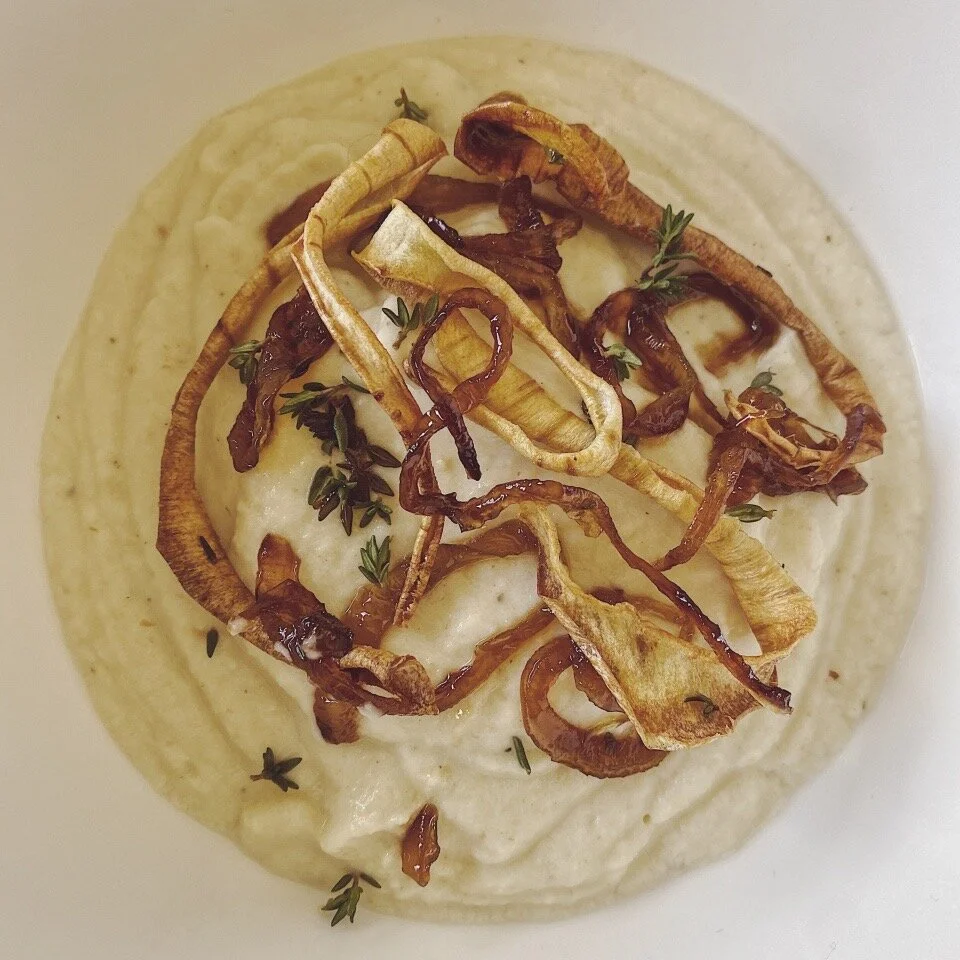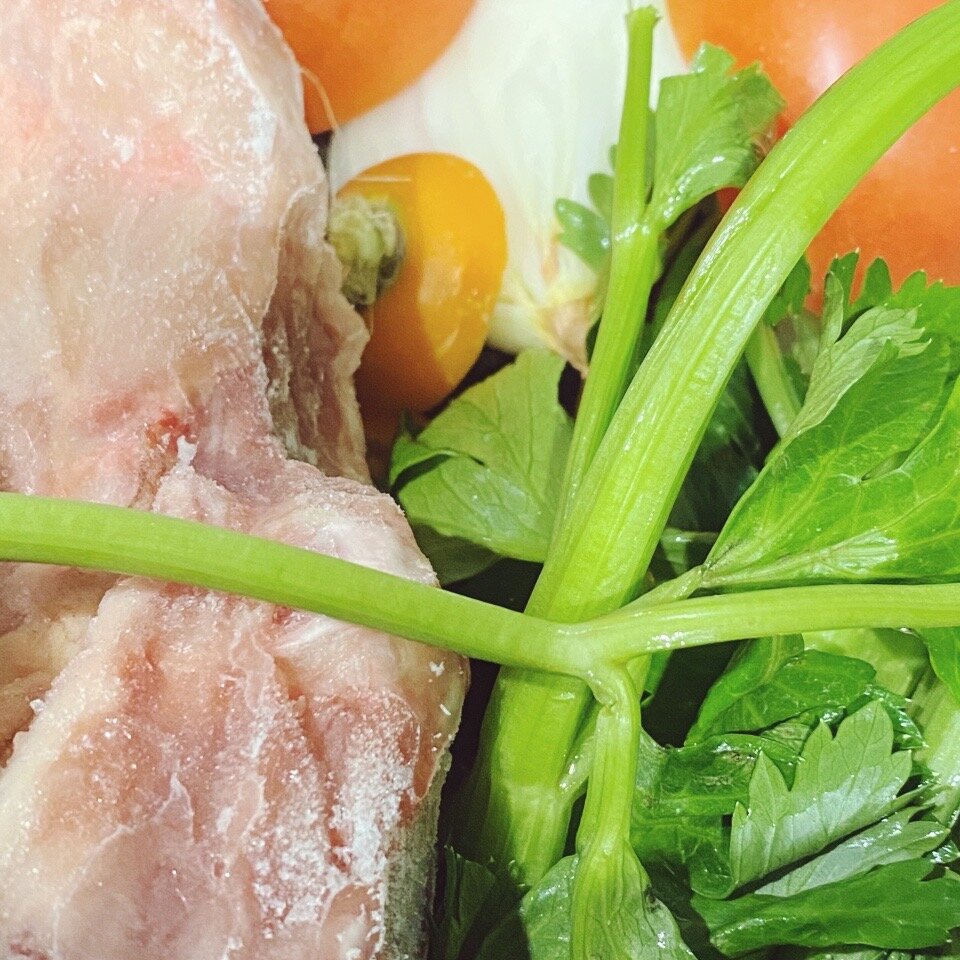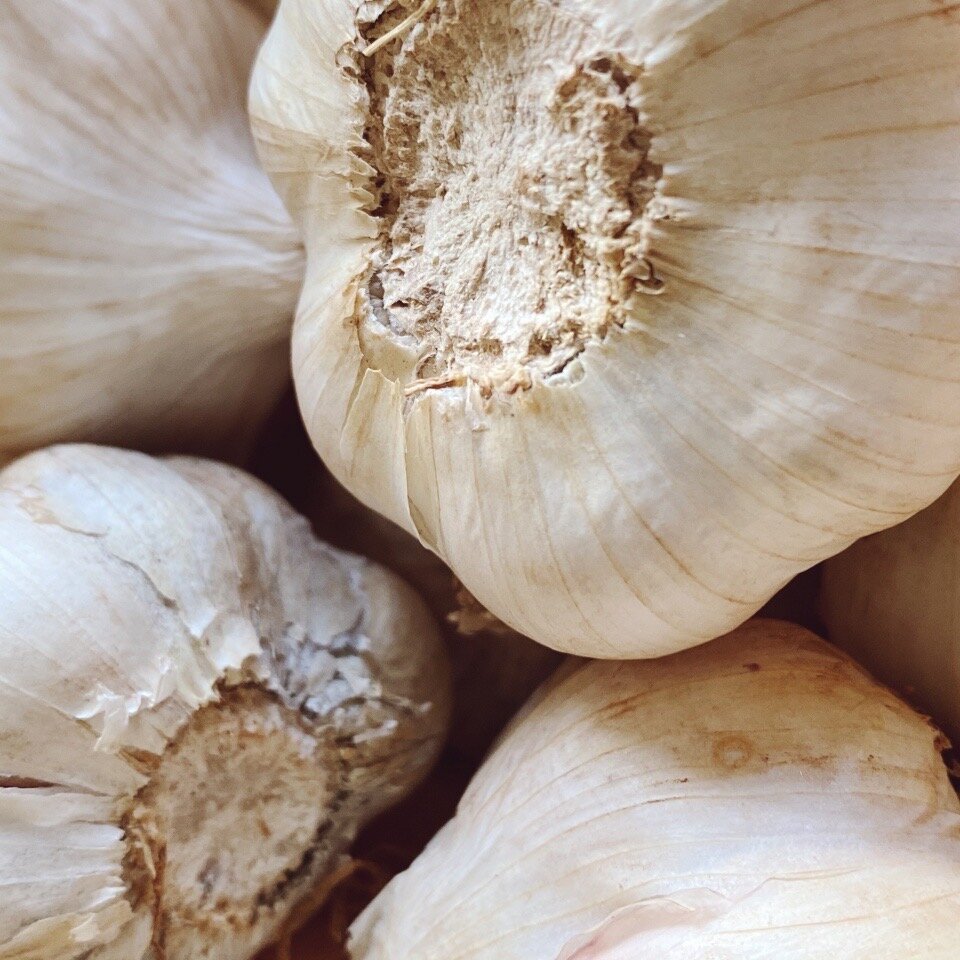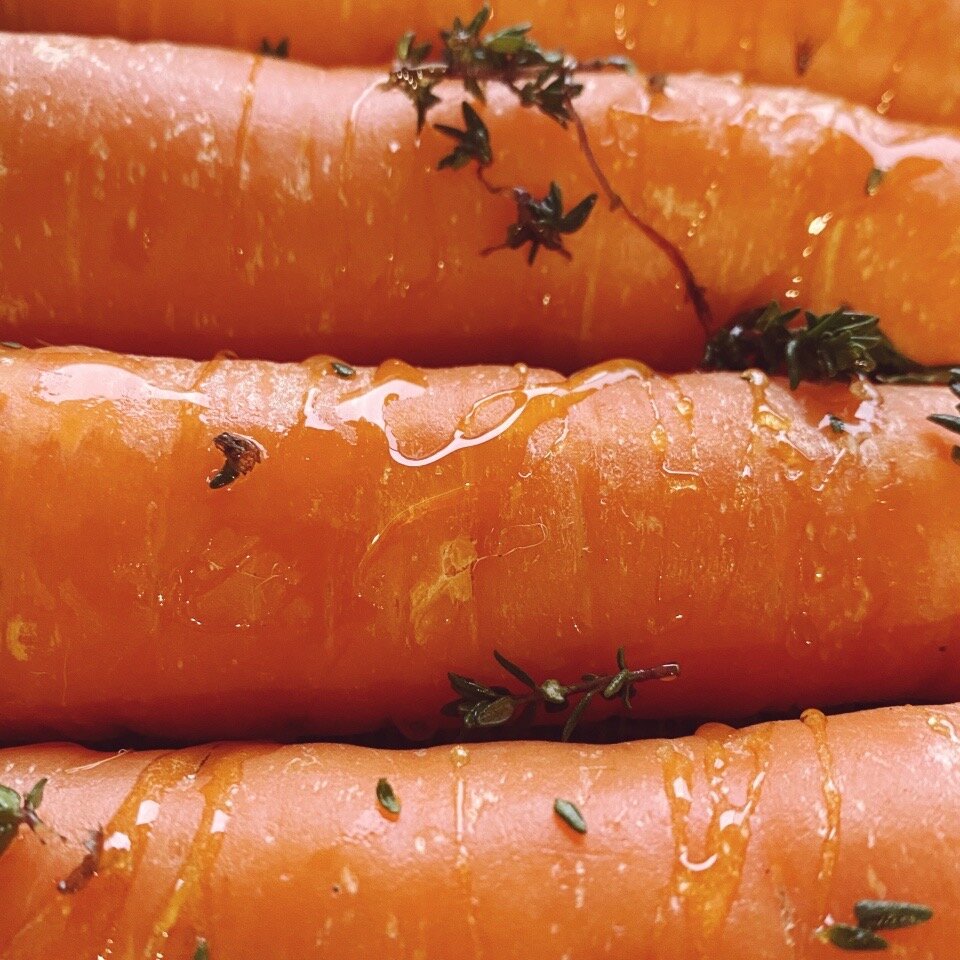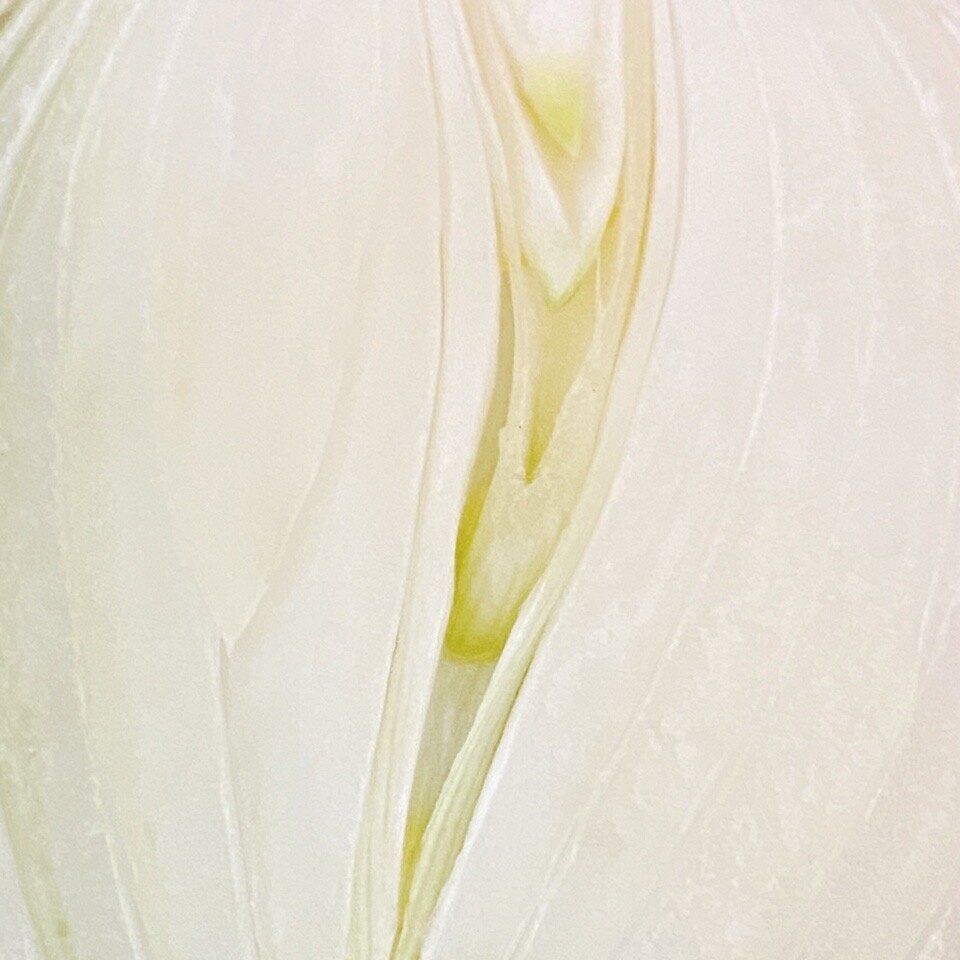Lets talk soup, stock and broth!...
What is the difference?
Great for the winter.
Way back when our foremothers and fathers knew that when you were sick in winter with a cold we should have soup, chicken soup to be exact. They possibly didn't know the science behind why eating soups made with broths assisted getting over winter lurges (i hate that word it sounds horrible doesn’t it), but wise they were.
Science aside nothing can beat a warm a nourishing soup in the middle of winter. A warm soup nourishes the belly, soul and warms the body in the midst of the cold. Soup has many ingredients but one of the fundamental ingredients is generally broth. Broth is a vehicle that transports the nutrients from the soup’s ingredients and transcends them into something that is truly magical.
The word ‘broth’ can be very confusing as it can have very many other words that are often used. Here is a satire list of liquids often confused or replaced with the word broth:
Soup ~ A liquid meal perfect for winter.
Broth ~ Known by many other names in many other languages. It is a savory liquid that has taken on the flavor of the ingredients it was made with. Broth can sipped and drunk alone with salt added.
Bone Broth ~ Same as above however bones are used and boiled or slow cooking for 12-24 hrs. By boiling bones you extract the nutrients, health properties and gelatinous properties within the bones. By boiling the broth and extracting the gelatin, when cooled bone broth will become thick.
Stock ~ Is broth with no salt essentially. It can not only be used in soups, it can be used in other cooking applications such as braises, sauces and soups when salt is added. Stock can have many aromatic flavours added when making to enhance the application and ingredients you are cooking with.
White Broth/Stock ~ Stock make with raw meat and veg.
Brown Broth/Stock ~ Made with cooked usually roasted meat and veg, darker in color and depth of flavour.
Consume ~ A fancy smancy name with a fancy smancy way using egg whites to make stock clear, so you can see the bottom of the bowl. Now I don’t know about you but who needs to see the bottom of the bowl it only makes you feel that the yummy meal is finishing. If a broth has flavour that the main thing.
Jus ~ Is traditionally made with the drippings of roasted meat, the pan is de-glazed with stock and then thickened naturally.
Gravy ~ Similar to Jus above however thickened with a type of flour.
Making BROTH/Stock
Veggie off cuts kept in the freezer
Making a broth is simple it just takes time, a few ingredients and a little patience. It can be made with bones or simply with vegetables.
The vegetables to make a broth can be as simple as what you have in the fridge. Having the provisions to make a broth can be as simple as keeping off cuts of vegetables when you are preparing vegetables and putting them in the freezer until you need them. Most vegetables are suitable for broth however brassicas such as cauliflower, cabbages, kale and broccoli can turn the broth bitter and can overpower the stock.
See Picture:
Provisions
Here are some great examples of some great ingredients to use in a broth/stock, but really the list is endless.
~ Celery ~ use the heart, the base or the leaves
~ Onions ~ skin, flesh or both
~ Carrots ~ leave the tops on or use
~ Tomato ~ Note this will change the colour of your stock so if you are after a white stock leave this out
~ Garlic ~ Peel and all
~ Mushrooms
~ Herbs ~ parsley is great use the stalks, sage, thyme, most herbs in fact add to a broth/stock
~ Fennel ~ this gives a strong flavour
~ Aromatic spices whole
~ Whole peppercorns
~ Bay leaves, dried or fresh
~ Tops of Zucchini’s, silver beet stalks the list goes on
Guide
White Stock ~ Put all your ingredients in a large pot or slow cooker. Top with cold water and gently simmer for 12-24 hrs. If you have added bones the longer the better. Strain the liquid and use as required.
Brown Stock ~ Same as above however roast bones and/or vegetables prior to adding to the pot or slow cooker.
Tips for stock/broth
Start with cold water so as the broth heats the broth has time to develop and infuse.
Avoid brassica vegetables such as cabbage, broccoli and cauliflower as they over power the broth and make it bitter. The only exception here is if you want to make a funky miso broth, they go perfectly in this situation.
If using bones to make a white stock especially beef, pork and lamb bones make sure you clean the bones of any excess fat and sinue otherwise the stock will turn a muddy colour and have an unpalatable fatty film in it. Fat can be delicious in stock but the grainy sinue is unpleasant.
To get a further depth of flavour roast your veggies and or bones before you make your stock, the sugars in the meat and vegetable brown and caramelise and add lots of flavor. Just note this makes the broth or stock slightly darker in colour.
Use good quality vegetables, even if they are a bit limp and off cuts if the vegetables came from a good source to begin with then you are winning. Its key to remember that you are extracting the nutrients from vegetables into the broth. If your vegetables lack nutrients or have had contact with sprays then so will your broth.
If your stock or broth is being used in a particular dish and not eaten straight away you can feature the ingredients in your end dish when making your stock. This will build the flavour in your stock and create a synergy to your end dish ingredients.
Play around with aromatic spices (whole not ground), and herbs in your stock to create different flavour profiles and also enjoy added health benefits.
Sweet potato is great if you roast it first, potatoes make the stock go cloudy so best to avoid.
Beetroots can make a great stock including the tops of beets, just be mindful that the colour will be pink!
Watch salt. If you are planning to drink the broth you made then add a little salt if you like and drink away. If you are planning to add the stock to something else or in soups don’t add salt as you can end up with a very salty dish. Stock traditionally does not have salt added as you add salt to your dish to flavour.
You can use the discarded vegetables from stock to make a great vegetable stock paste. Blend with rock salt and keep in the fridge.
Soup Inspiration
Below are three soup guides that will keep your belly full and your body warm.
From my experimentation, I found that soaked cashews as well as root vegetables are the perfect thickener to soups.
Buon Appetito xx
Next time you have a bowl of soup in front of you, lick your lips at a beautiful jus in a restaurant about to go on your steak, I’m sure you will now have a greater appreciation that there is more to soup and stock than meets the eye.
Note: For health advise on the benefit of broths in particular bone broths speak to a nutritionist. The quality of bone broth is really determined by the quality of bones. Be mindful of additives that are added to meat.
Words By
Anita La Forgia
Multipotentialite, lifestyle elevator and initiator of Levata
A treechanger who cooks to elevate life. Anita is passionate foodie using local, quality and seasonal ingredients. Living in the Macedon Ranges in Victoria she frequents the local farmers markets each week, with her beloved luggy. Her grandparents instilled the life skills of sustainable living, before sustainable living was a buzz word. She grew up in a restaurant and completing her International degree at César Ritz colleges in Switzerland, the heart land of hospitality, food and service.
Image source: Levata



